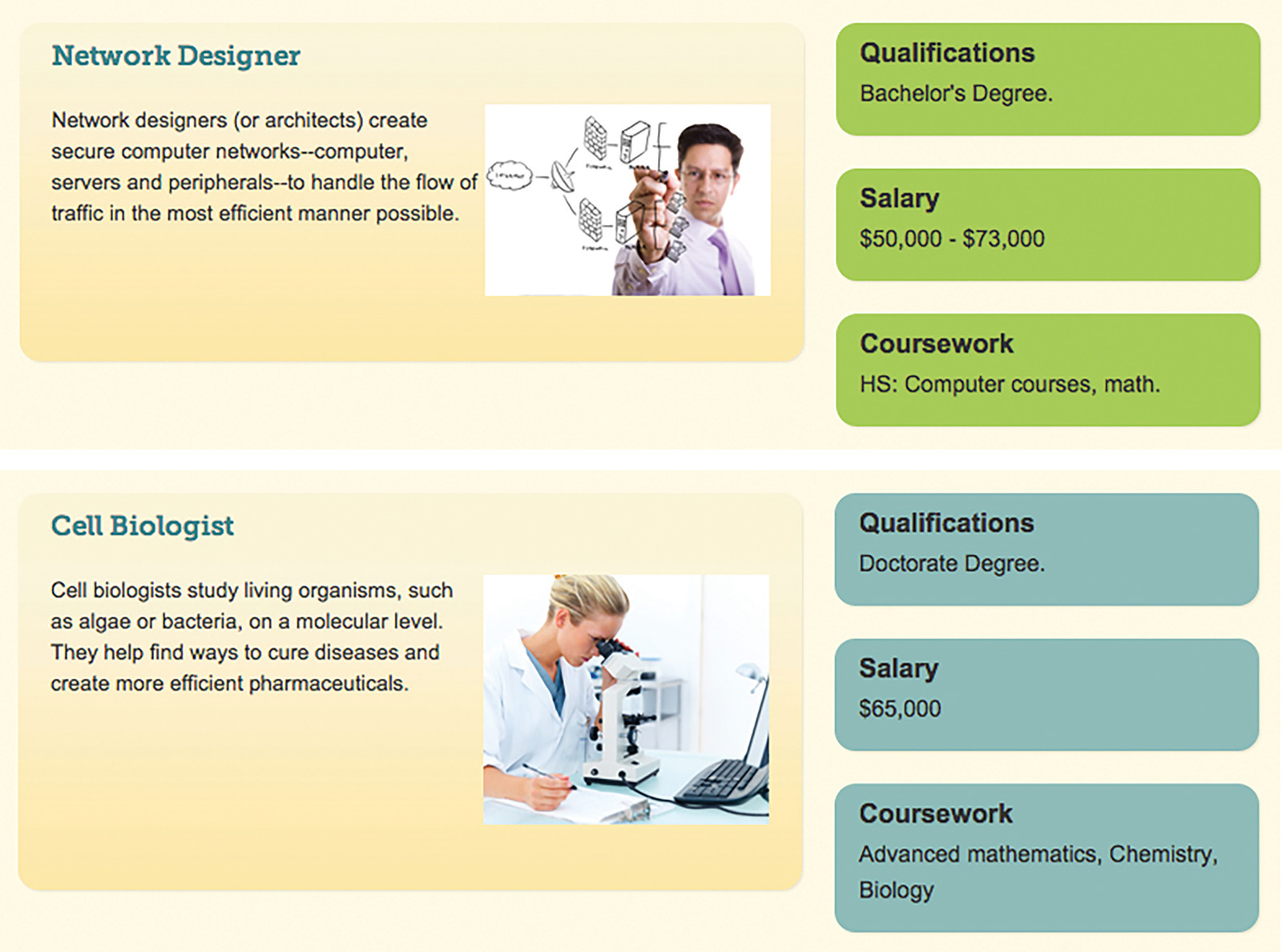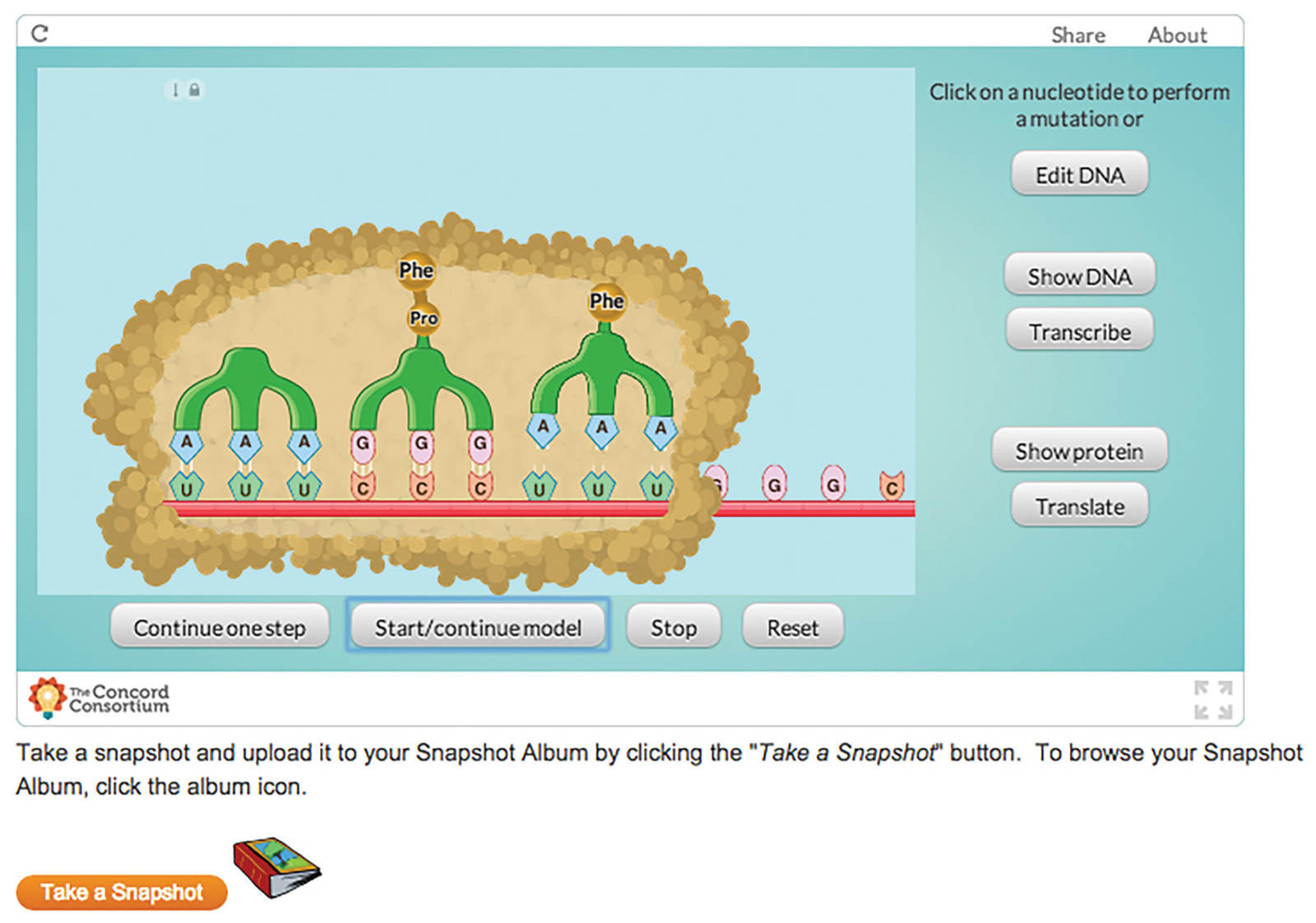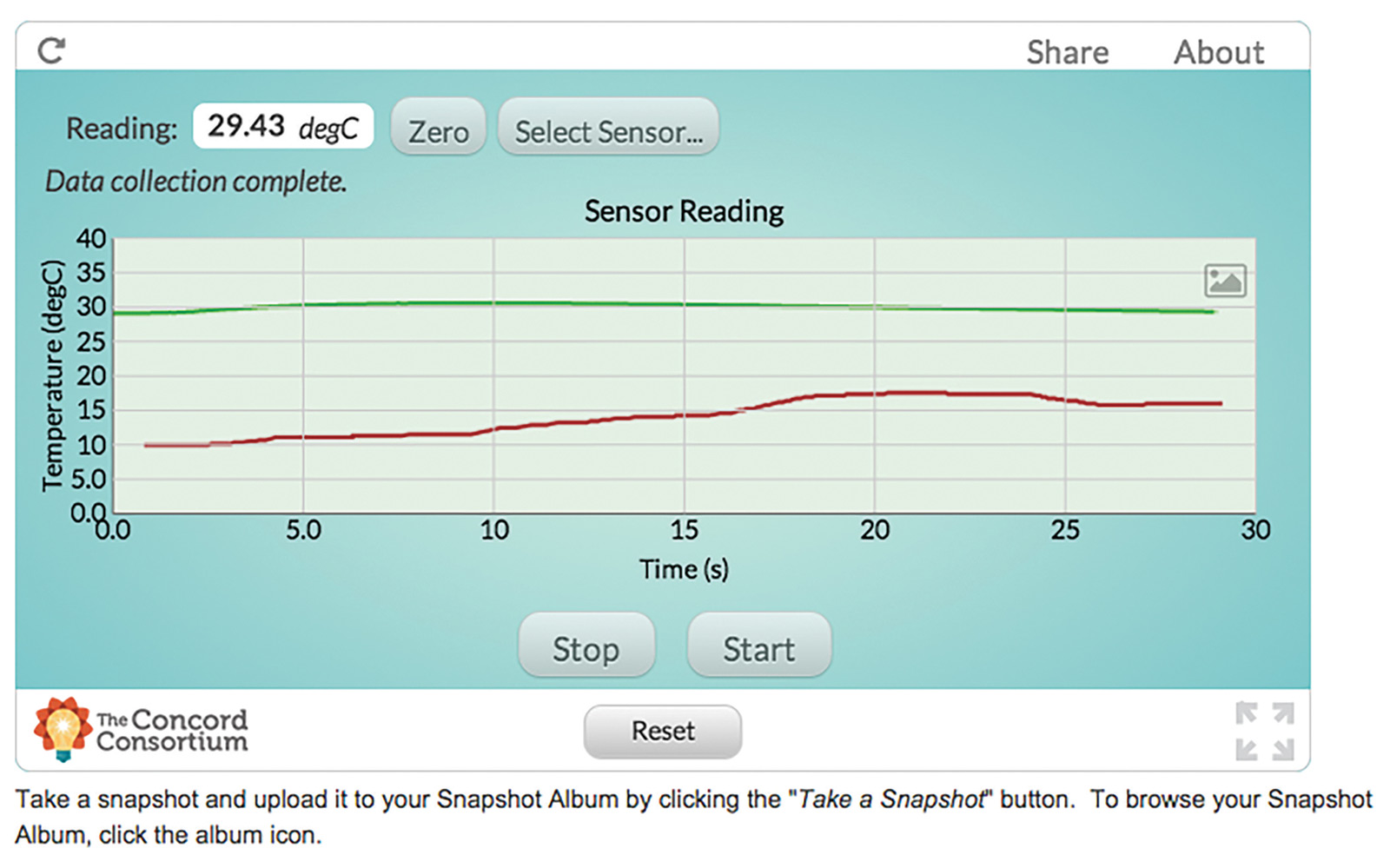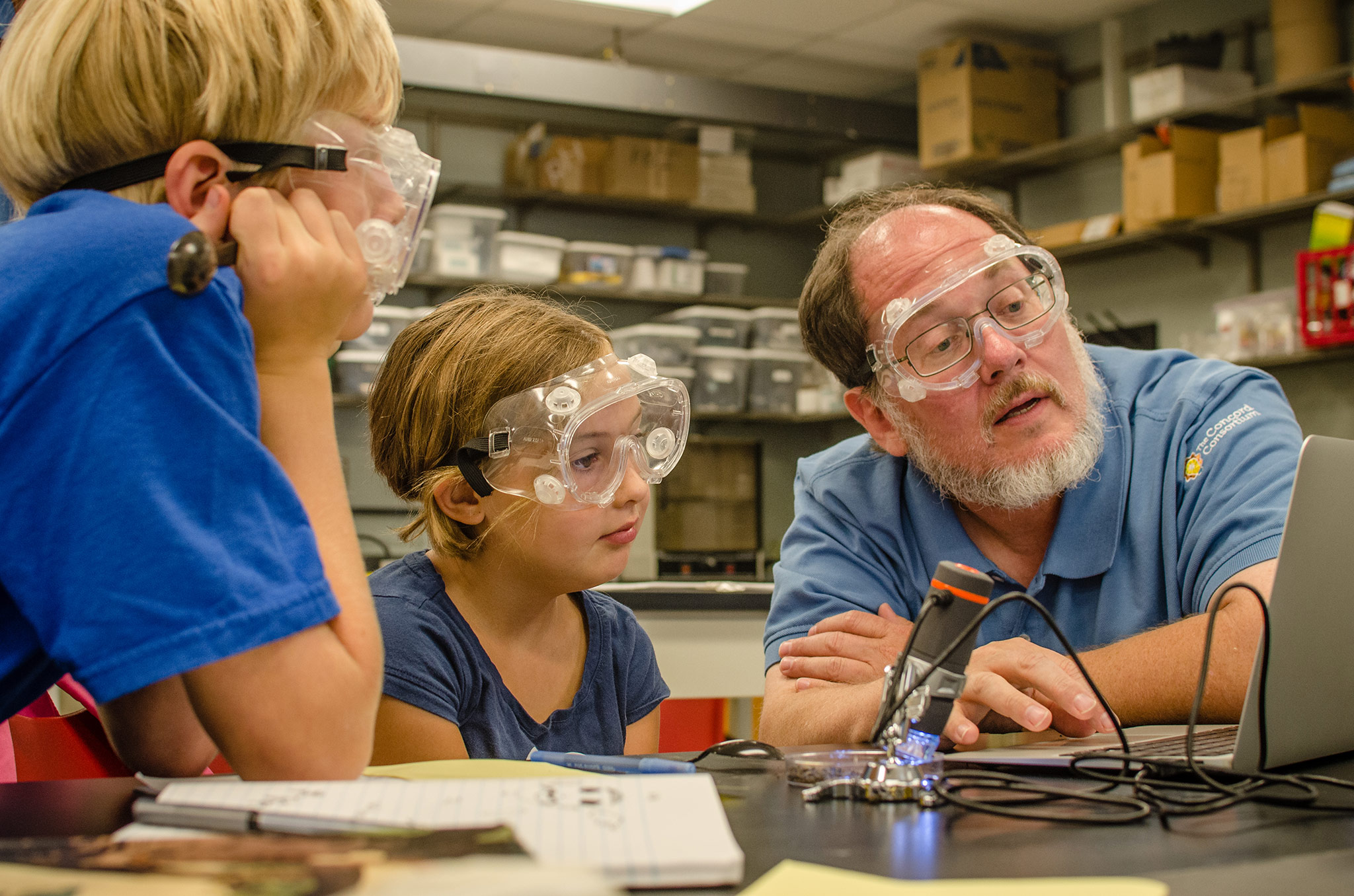Innovative Technology in Science Inquiry
The goal of the National Science Foundation’s Innovative Technology Experiences for Students and Teachers (ITEST) program is to enhance K-12 students’ motivation and participation in STEM subjects and interest in STEM careers. Through our Innovative Technology in Science Inquiry project and its subsequent scale-up grant, both funded by ITEST, we have been working to get students excited about science, technology, engineering and math.
For 20 years, the Concord Consortium has been developing deeply digital tools and learning activities that capture the power of curiosity and create revolutionary new approaches to science, math and engineering education. Our Innovative Technology in Science Inquiry (ITSI) project has assembled many of these activities into an online platform for K-12 teachers to use and customize for their students and to monitor student progress. We have reached over 275 teachers in our participating research sites in Alaska, Iowa, Kansas and Virginia. An additional 420 teachers from across the U.S. and the globe have registered through the ITSI portal. Altogether, over 25,000 students have engaged in scientific inquiry through these deeply digital activities in Earth science, life science, physical science, engineering and math.
Supporting inquiry in the classroom
Inquiry-oriented instruction encourages students to engage in hands-on learning, explore questions about topics they are interested in, collect their own data and explain their results by using the 5E Instructional Model*. One middle school teacher summed up the ITSI activities nicely: “The technology lets the students own the learning. The activities and questions aren’t coming from me, but from the framework of the investigation and my students’ minds.” The Innovative Technology in Science Inquiry portal includes over 300 free activities with models, simulations, probes, sensors, embedded assessments and ideas for extension activities. Each activity also introduces a specific STEM career by highlighting qualifications, coursework and anticipated starting salary level (Figure 1).


Models and simulations. Computational models and simulations allow students to see and manipulate the unobservable. They can conduct experiments on otherwise unreachable worlds, peer into the details of chemical reactions, compress centuries and millennia into seconds to unlock evolution’s gradual mysteries or manipulate the unseeable world of genes and DNA (Figure 2).
Probeware. Probes and sensors such as motion detectors and temperature sensors extend students’ senses and permit them to collect real-world data and see multiple representations of their surroundings unfold in real time (Figure 3). Additionally, digital microscopes allow the youngest students to see and measure the world up close.
Student learning
We measured student content understanding using pre- and post-tests that were customized to the content in particular units (e.g., habitat or gas laws). Tests were multiple choice ranging in length from three to six items. Paired t-tests were conducted to measure increases in students’ understanding between the pre- and post-tests.
Students significantly improved in their understanding of the standards-based content. Overall, students increased their estimated score by an average of 0.39 standard deviations (SD). Middle school students had the highest gain at 0.43 SD while elementary students increased 0.34 SD and high school students 0.33 SD. (The average effect size for most educational interventions is typically 0.2-0.3 SD.)
Professional learning community
The Concord Consortium has pioneered online teaching and learning. In 1996, we created the Virtual High School (VHS) and its professional development courses to help teachers design and facilitate VHS courses. ITSI continues this long history and brings new innovations to blended professional learning. Teachers complete over 70 hours of professional development over two summers and the intervening academic year. During the first summer teachers meet for a five-day face-to-face workshop. They complete two short online courses during the fall and spring, and meet again in person for a two-day workshop the following summer.
As a signature part of the professional development, teachers customize existing activities by adding more models or probes; changing questions and reading level; aligning to local or state standards; and more. Teachers also create multimedia video presentations of their classrooms using ITSI activities, and share these VideoPapers with one another to reflect on best practices to enhance inquiry-oriented instructional practices.
Online discussions crossed state boundaries and grade levels due to a climate of trust within the community that increased teachers’ willingness to share their classrooms openly. Ultimately, this sense of collaboration and shared goals grew into a vibrant professional learning community on the Schoology social networking site, which supports ongoing discussions about ITSI activities and exploration of teacher-customized activities from exemplars.
Customization: An ESL teacher’s story

From lack of background knowledge and vocabulary to lack of laboratory skills, English Language Learners (ELL) face significant challenges in the science classroom. In Iowa’s Ottumwa High School, students come from various backgrounds, including Bosnian, Latino, Hispanic, Marshallese and Arabic. While they speak some English, most are not proficient in the language. As an additional challenge, many teachers have not been trained in making science content accessible to ELL students.
Sharon Padget received her English as a Second Language (ESL) endorsement in 2005 and was designated the science teacher for all ELL students at Ottumwa. ITSI was the solution to help students learn to use technology effectively while also learning science concepts. And thanks to the ease of customizing activities, Sharon was able to make the concepts accessible to her biology and physical science students regardless of their ability to read, speak, write or listen to English. The annual science fair gives students an opportunity to practice speaking and serves as a summative assessment. Sharon has seen student improvement in speaking, reading and writing English, as well as in comprehending science concepts. ITSI is now an integral component of the ESL science curriculum.
Customization: Local Yupik activities change the cultural context
The only way to reach the 22 Alaskan villages of the Kukskokwin School District is by airplane, boat or snowmobile. Although many villages are too small to have their own high school science teacher, high-speed Internet has provided the opportunity for these schools to share a science teacher by video teleconferencing. Andrea Pokrzywinski meets with her science classes live each day through a videoconference. She uses the ITSI portal to coordinate hands-on activities at remote sites, providing instructions and modeling the use of ITSI by sharing her desktop over video. Students log into the portal and complete a modeling activity or a data collection lab at their site on laptops. The ITSI portal reports allow her to see the students’ work and provide them with feedback on their analysis and observations.
Students in Western Alaska grow up with a subsistence lifestyle and speak Yupik as their first language. ITSI allows Andrea to customize activities, using pictures that draw from local experiences. For example, one lesson asks students to measure the temperature increase of concrete, but there is no concrete in an Alaskan village. So Andrea substituted wooden platforms. She was also able to swap images in the lab to include common surfaces students could measure in their schoolyards. She has found that customized activities enhance student learning.
Scaling up
Our goal is to scale up the ITSI program to reach more teachers and students. Over 30 master teachers have been trained and certified to offer the ITSI professional development program nationwide after our National Science Foundation funding has ended. They were selected from previous professional development participants and have shown a high degree of engagement, quality and quantity of participation. Master teachers like Andrea will continue to offer the Innovative Technology in Science Inquiry professional development program and support the professional learning community as a way to share activities.
Carolyn Staudt (cstaudt@concord.org) directs the ITSI project.
This material is based upon work supported by the National Science Foundation under grant DRL-0929540. Any opinions, findings, and conclusions or recommendations expressed in this material are those of the author(s) and do not necessarily reflect the views of the National Science Foundation.

